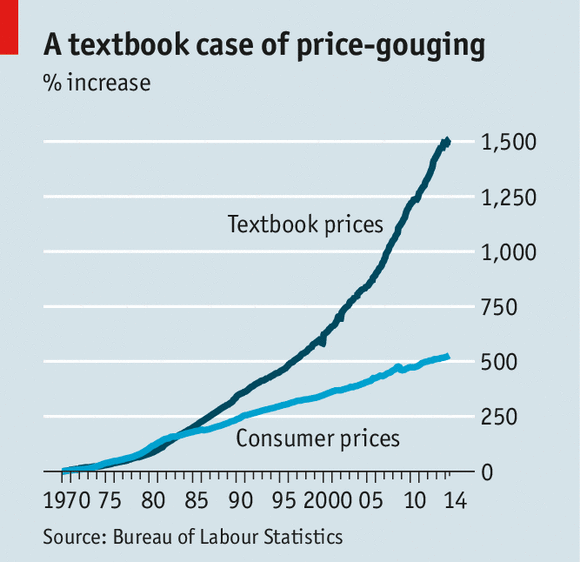About risk-engineering.org
The risk-engineering.org website provides:
online pedagogical reference material and educational courseware (slides, course notes, Python notebooks, problem sets, videos and other open educational resources) on risk engineering, safety management and loss control topics, suitable for self-directed learning and continuing professional development;
pointers to related material elsewhere.
This site only hosts freely distributable and reusable digital course materials, which you can access for free and reuse in your own lectures and classes. Except for the Risk Engineering logo, the content developed by us is distributed under the terms of the Creative Commons Attribution-ShareAlike license. Any content that we have reused (mostly pictures) is attributed explicitly and its licence specified.
The content is multidisciplinary in nature rather than specialist, ranging from technical areas such as statistics and chemical engineering to social science topics including sociology, political science and psychology. Skills in these areas lead to a variety of careers in risk engineering and safety management.
The content has been developed over the period 2014–2025, and we endeavor to keep it up to date. Please send us an email if you find a broken web link, some code that no longer works in current Python distributions, or other issues.
Content on the site has been developed by Eric Marsden.

Accreditation: please note that we are not able to
provide any assistance for the course material we make available (we
cannot offer tutoring). We do not provide for any accreditation or
certification (this is not a MOOC). We maintain a list of
related university courses on risk
engineering if you need an accreditation (recognized degree) from a
traditional classroom-type educational course.
The risk-engineering course material is targeted at a Master’s level, for students with a technical background in an engineering or scientific discipline. It may also be useful to working professionals who wish to develop their understanding of some areas of safety management (lifelong learning will be an important part of career development for engineers). The material does not currently cover a full year’s worth of Master’s level course, but we plan to increase the scope over time. We hope it will be useful to you!
![]()

Privacy:
We have limited the use of privacy-invading technologies
on this website, such as “social sharing” buttons, third-party scripts
for services such as for YouTube videos, and CDN-hosted assets such as
web fonts and Javascript libraries. To limit environmental impact (and
hosting costs!), the site is static, which allows good performance even
on a low-power server.
Q: Why so many Python notebooks?
A: Python/Jupyter notebooks are an increasingly popular method of publishing demonstrations and executable examples that you can 🏗 try out on your own machine (to quote a phrase attributed to Confucious: “I hear and I forget. I see and I remember. I do and I understand”). They are live computational documents which allow the embedding of rich media (anything that a web browser can display). You can modify the examples and check the impact of your changes (the famous philosopher and educational reformer John Dewey wrote of “experimental doing for the sake of knowing”).
You don’t need the licence for proprietary and expensive software packages but can download everything you need (a Python environment and the SciPy libraries) to your own machine for free, or run it using a free cloud service such as MyBinder and Google CoLaboratory.
Q: Why the emphasis on free content and open educational resources?
A: Inspired by MIT OpenCourseWare and MOOC initiatives, we believe in making knowledge on risk analysis and safety management techniques available to anyone who is interested and has access to the internet. We have chosen a Creative Commons licence for our content which allows you to adapt and reuse our content if you find it useful.
 As stated by Thomas Piketty in his book Capital
in the 21st century:
As stated by Thomas Piketty in his book Capital
in the 21st century:
Over a long period of time, the main force in favor of greater equality has been the diffusion of knowledge and skills.
 Furthermore, as the graphic to the right from
The Economist shows, the
price of textbooks has been increasing far more quickly than
inflation over the past 40 years, as indeed has the cost of tuition
in many Western countries (in the USA, the cost of attending university
has more than
doubled in inflation-adjusted terms since 1984). We see this as an
obstacle to people’s equal opportunity to a quality education.
Furthermore, as the graphic to the right from
The Economist shows, the
price of textbooks has been increasing far more quickly than
inflation over the past 40 years, as indeed has the cost of tuition
in many Western countries (in the USA, the cost of attending university
has more than
doubled in inflation-adjusted terms since 1984). We see this as an
obstacle to people’s equal opportunity to a quality education.
We follow the Hewlett Foundation’s definition of Open Educational Resources (OER):
OER are teaching, learning, and research resources that reside in the public domain or have been released under an intellectual property license that permits their free use and re-purposing by others. Open educational resources include full courses, course materials, modules, textbooks, streaming videos, tests, software, and any other tools, materials, or techniques used to support access to knowledge.
Q: Which are the most relevant undergraduate classes to work in this area?
A: The classes that will most help you understand the material on this website are in engineering or science departments. Good choices include chemical engineering, mechanical engineering, applied maths, chemistry, depending on your personal interests and the particular focus you intend for your future career. Note however that the job of a risk engineer, safety analyst or HSE manager is not limited to a specific academic or scientific discipline, but rather requires you to find and apply relevant knowledge wherever it is available, often combining technical disciplines with some knowledge of social sciences or management.
As written by A. Hale and colleagues in The development of occupational hygiene and the training of health and safety professionals (doi:10.1093/annhyg/30.1.1),
We believe that the discipline of occupational health and safety is by its nature ‘applied’. This means that it is defined by the problems which are perceived to exist in employing organizations, not by boundaries drawn with reference to theories or types of knowledge. In this it contrasts with subjects such as physics or chemistry and their various sub-branches. Its boundaries reflect the amount of knowledge and the techniques which are necessary to solve the problems which exist now or will exist in the future; no more and no less. […]
The technical skills of hazard measurement and the design of control measures are only a part of the field, which is incomplete without the management skills to get such control measures accepted and implemented in the organization. […]
Industry needs its problems solved, not half solved, and those problems come in groups which are dependent upon the processes being operated, not upon the lines drawn around scientific disciplines such as human physiology, toxicology, engineering or industrial psychology. These sets of problems define the environment to which professions in the field must adapt themselves.
Image credit (academic cap): absurd.design, illlustrations.co (lab equipment, MIT licence).
Published:
Last updated:
